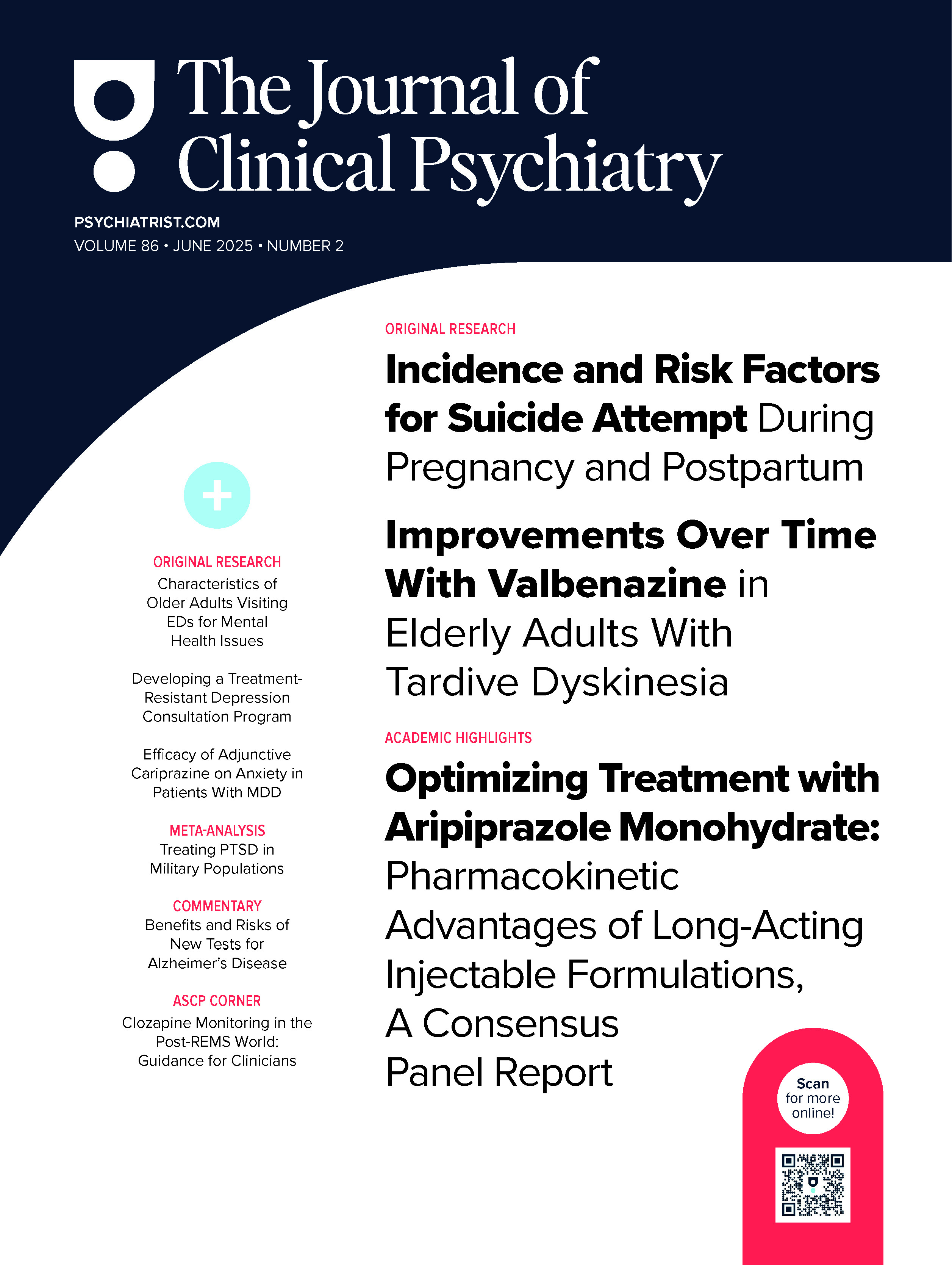Objective: College students have been the focus of many studies on suicidal ideation with or without suicidal behavior. Little attention has been given to their non-college-attending peers on these issues. We examined the 12-month prevalence and mental health treatment of suicidal ideation with or without suicidal behavior among college students aged 18-25 years and their non-college-attending peers in the United States.
Methods: We assessed data from 135,300 persons aged 18-25 years who participated in the 2008-2013 National Surveys on Drug Use and Health. Descriptive analyses and multivariate logistic regression models were applied.
Results: Compared with full-time college students, high school students, those not enrolled in a school or college, and part-time college students were more likely to attempt suicide with a plan (model-adjusted prevalence = 0.67% vs 1.09%, 1.06%, and 1.07%, respectively). The mental health treatment rate among full-time college students with suicidal ideation with or without suicidal behavior was similar to the rates among the other 3 counterparts. The effects of race/ethnicity and serious mental illness on receipt of mental health treatment were significantly larger among those who did not perceive unmet treatment need than among those who perceived unmet treatment need (P = .019 and P = .001, respectively).
Conclusions: Compared to full-time college students, non-college-attending young adults and part-time college students were at higher risk for attempting suicide with a plan. Suicide prevention and intervention strategies should emphasize increasing access to mental health treatment among both college students with suicidal ideation with or without suicidal behavior and their non-college-attending peers (particularly among minorities and those who seem to be at low risk because they are without serious mental illness and report no need for mental health treatment).
Members Only Content
This full article is available exclusively to Professional tier members. Subscribe now to unlock the HTML version and gain unlimited access to our entire library plus all PDFs. If you’re already a subscriber, please log in below to continue reading.
Please sign in or purchase this PDF for $40.00.
Already a member? Login

